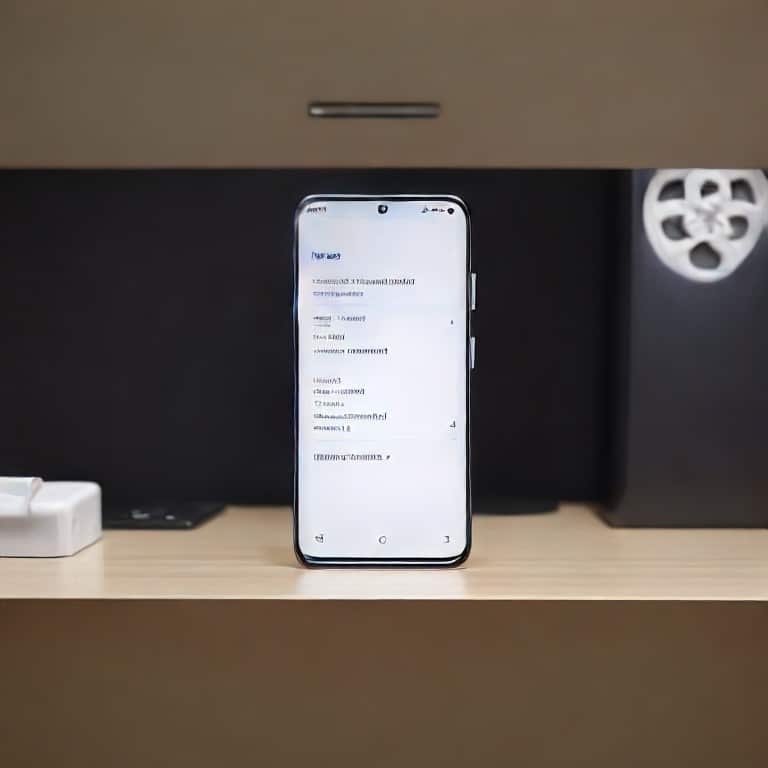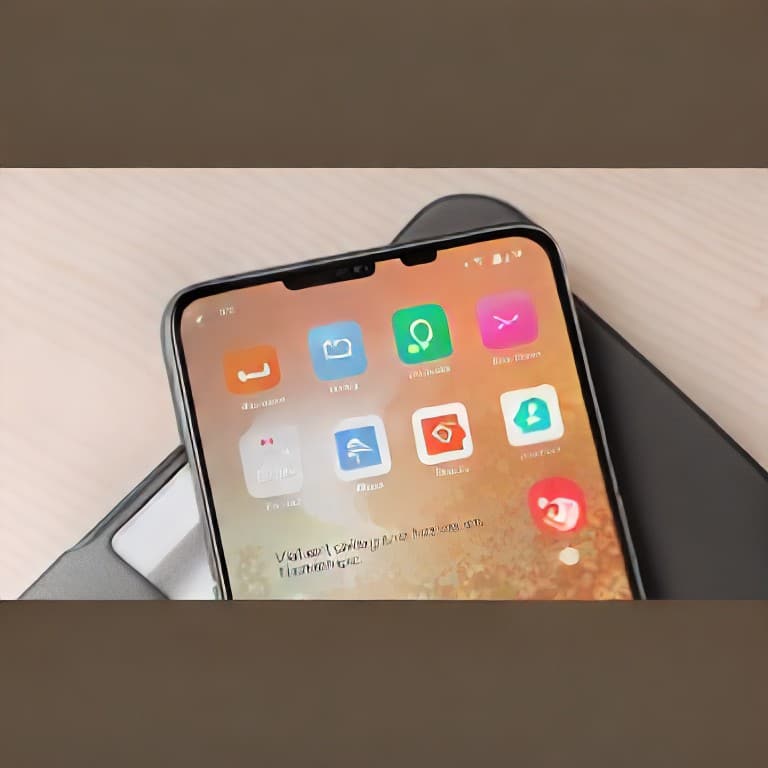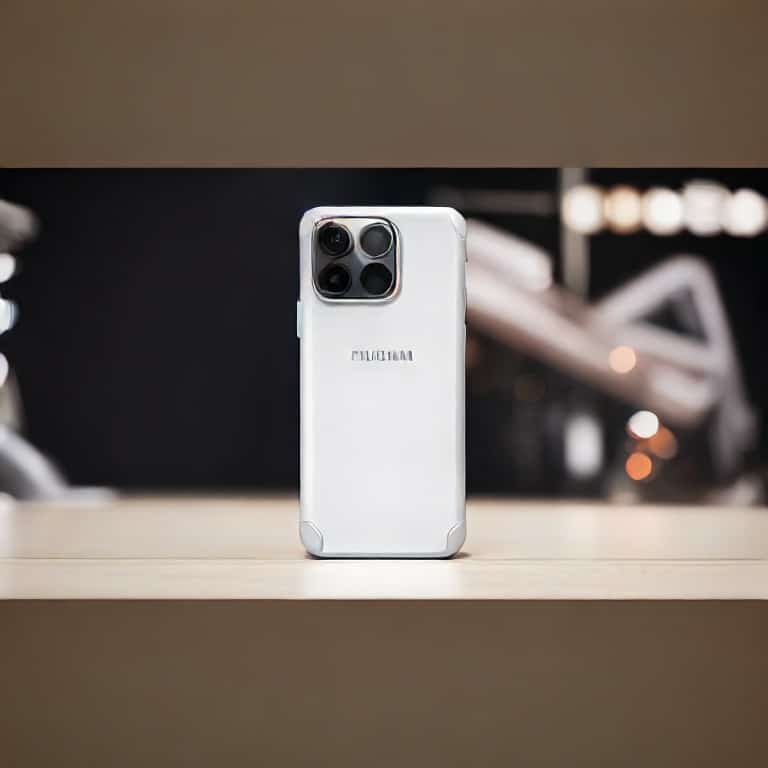ไม่มีสินค้าในตะกร้า
Nakiz Blog
Hands-on with Redmi K70: Packed with Features like the Redmi K70 Pro, Priced at Just $349
The Redmi K70 is the latest mid-range smartphone from Xiaomi. While it may not grab as much attention as its counterpart, the Redmi K70 Pro, it still impresses users with its impressive features, including the Snapdragon 8 Gen 2 chip, a 4,500-nit display, a 5,000mAh battery, and 120W fast charging.

Specifications for the Redmi K70:
- Display: 6.67-inch OLED, 1 billion colors
- Maximum brightness: 4,000 nits
- Resolution: 1440 x 3200 pixels
- Refresh rate: 120Hz
- Performance: Qualcomm Snapdragon 8 Gen 2 (4 nm)
- Operating System: Android 14 (HyperOS 1.0)
- RAM/ROM:
- 256GB storage, 12GB RAM
- 256GB storage, 16GB RAM
- 512GB storage, 16GB RAM
- 1TB storage, 16GB RAM
- Battery: 5,000mAh Li-Po
- Charging: 120W fast charging
- Camera:
- Rear Camera: 50MP + 50MP + 2MP
- Front Camera: 16MP
- Supports 8K@24fps video recording
- Design:
- Dimensions: 160.9 x 75 x 8.2 mm
- Weight: 209 grams
There are two major differences between the Redmi K70 and the Redmi K70 Pro.
Firstly, the standard version only features the Snapdragon 8 Gen 2, with a standard configuration of 12GB RAM and 256GB internal storage. In practical use, the difference between the Snapdragon 8 Gen 2 and Snapdragon 8 Gen 3 is hardly noticeable, and distinctions might become apparent when users engage in heavy games like Genshin Impact or Honkai: Star Rail.
Secondly, the Redmi K70 lacks the telephoto camera found in the Pro version, replaced by a 2MP macro lens. This is a regrettable cutback as capturing distant details or portrait photos may become more challenging. However, focusing on performance, display, and fast charging, this isn’t a significant drawback.
Other features on the Redmi K70 are nearly identical to the Redmi K70 Pro. The device maintains its quality build with a textured glass back, creating an attractive and appealing appearance. The camera setup looks unique and stands out compared to designs on other smartphones. Additionally, the frame on the Redmi K70 is now made from aluminum, significantly improving durability compared to its predecessor.
On the front, the Redmi K70 boasts a high-quality display with a 2K+ resolution, 120Hz refresh rate, HDR10+ support, and a brightness of 4,500 nits, making it the brightest phone in the $300 – $350
Apart from the macro lens, both the main and wide-angle cameras on the Redmi K70 have a 50MP resolution. The phone supports video recording up to 8K@24fps. The front camera has a 16MP resolution, supporting FullHD+ video recording.
The battery specifications for the Redmi K70 are similar to the Pro variant, with a 5,000mAh capacity and 120W fast charging support. This year, the standard version of the Redmi K70 series also features 120W fast charging, without any reduction.

HyperOS 1.0 on the Redmi K70
The listed price for the Redmi K70 is 2,499 CNY (equivalent to 12,000 Thai Baht), which is 800 CNY (4000 Thai Baht) lower than the Pro variant. This price difference is entirely reasonable given the cutbacks on this device. Users still get strong performance with the Snapdragon 8 Gen 2, a bright display, excellent visuals, and long-term support with HyperOS.
conclusion
In conclusion, the Redmi K70 emerges as Xiaomi’s latest mid-range offering, showcasing impressive features despite not garnering as much attention as its counterpart, the Redmi K70 Pro. Boasting a powerhouse configuration with the Snapdragon 8 Gen 2 chip, a dazzling 6.67-inch OLED display with 4,500 nits brightness, a capacious 5,000mAh battery, and ultra-fast 120W charging, the Redmi K70 stands out in its category.
While there are notable differences compared to the Pro version, such as the absence of a telephoto camera replaced by a 2MP macro lens, these compromises may not significantly impact users focused on performance, display quality, and fast charging capabilities.
The device maintains a premium build with a textured glass back, distinctive camera layout, and an aluminum frame, enhancing durability. The front features an impressive AMOLED display with a 2K+ resolution, 120Hz refresh rate, and HDR10+ support, making it the brightest phone in the $300 – $350 segment with its 4,500 nits brightness.

